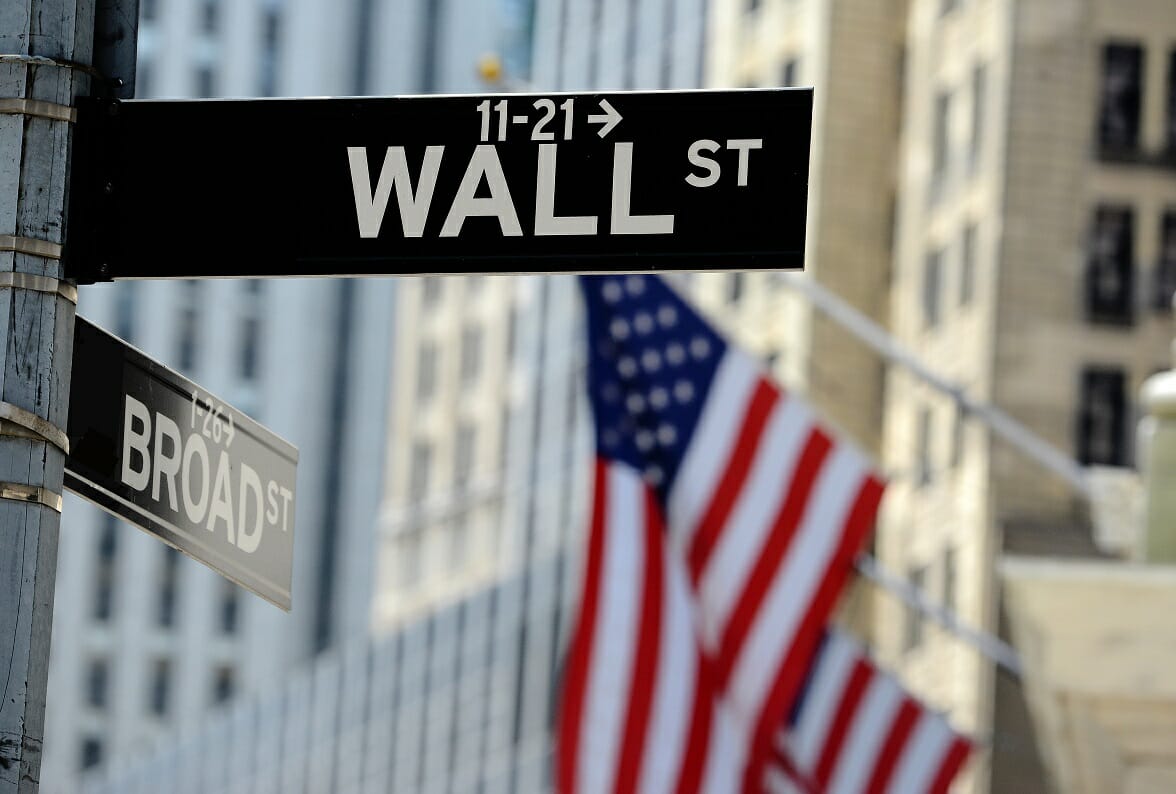GLOBAL equity markets slumped and the dollar strengthened yesterday after a bigger-than-expected US inflation spike in May raised concerns the US Federal Reserve (US Fed) may tighten policy for too long and cause a sharp slowdown.
The US consumer price index increased 8.6% last month, the largest year-on-year (yoy) increase since December 1981, the Labor Department said. Economists polled by Reuters had expected the consumer price index (CPI) to rise 8.3% annually.
Many economists and market participants expected the data to show inflation had peaked, but gasoline prices hit a record high, the cost of food soared and rental prices surged.
“It was pretty hot. This report suggests that underlying inflation pressures remain quite strong,” said Nomura senior US economist Aichi Amemiya.
The dollar rose to a near four-week high against a basket of currencies, while US Treasury prices tumbled and short- and intermediate-dated yields hit their highest levels in more than a decade. Two-year yields, which are highly sensitive to rate hikes, spiked to 3.065%, the highest since June 2008.
Stocks on Wall Street and in Europe fell more than 2% as investors feared central bank efforts to control inflation would be so harsh it would slow growth and squeeze corporate earnings.
The pan-European STOXX 600 index fell 2.69% and MSCI’s gauge of global equity markets shed 2.79%.
On Wall Street, the Dow Jones Industrial Average fell 2.73%, the S&P 500 lost 2.91% and the Nasdaq Composite dropped 3.52%. The three indices posted their biggest weekly declines since January, tumbling roughly 5% each.
The S&P 500 is now down more than 18% from its Jan 3 record closing peak, a drop that again puts it near to confirming a bear market as defined by a 20% drop on a closing-price basis.
The stronger-than-expected CPI data has changed the calculus for what the US Fed does in September after “most assuredly” raising rates 50 basis points next week and in July, said National Securities chief market strategist Art Hogan.
Analysts at Barclays and Jefferies now expect the Fed to deliver its first 75 basis point increase in 28 years next week.
US Fed funds futures traders expect the Fed’s benchmark rate to increase to 3.69% next May, from 0.83% now.
The US Fed still has a chance of engineering a softer landing as there’s mounting evidence a slowdown is happening, said Spouting Rock Asset Management chief strategist Rhys Williams.
“At least in the goods economy, there are signs that demand is really slowing,” Williams said. “Houses are on the market much longer, auto sales are not so hot and shipping rates have collapsed coming from Asia to here.”
Yen woes
Concerns also mounted about demand and growth in China, the world’s second-largest economy, after Shanghai and Beijing imposed new COVID-19 lockdown restrictions.
The yen rose off 20-year lows after Japanese policymakers made rare comments about its weakness. Japan’s government and central bank said they were concerned by recent sharp falls in the yen in a rare joint statement, the strongest warning to date that Tokyo could intervene to support the currency.
The yen has been plumbing 20-year lows against the dollar and seven-year troughs against the euro on expectations the Bank of Japan (BoJ) will continue to lag other major central banks in exiting its stimulus policy.
The Japanese yen later weakened 0.05% at 134.41 per dollar.
The dollar index rose 0.852%, with the euro down 0.9% to US$1.0519.
Overnight in Asia, MSCI’s broadest index of Asia-Pacific shares outside Japan fell 0.9%.
Continued strong buying by foreign investors and cautious hopes of regulatory easing on tech firms lifted China stocks, despite lockdown alerts.
China’s blue-chip CSI300 index was up 1.5%, while Hong Kong shares trimmed earlier losses to end off 0.2%.
Oil prices fell on concerns rising prices will force consumers to cut demand, and as China imposed new COVID-19 lockdown measures.
US crude futures fell 84 cents to settle at US$120.67 a barrel, and Brent settled down US$1.06 at US$122.01.
Gold prices rebounded strongly in volatile trade as focus turned to economic risks of elevated inflation.
US gold futures settled up 1.2% to US$1,875.50 an ounce. – June 11, 2022









